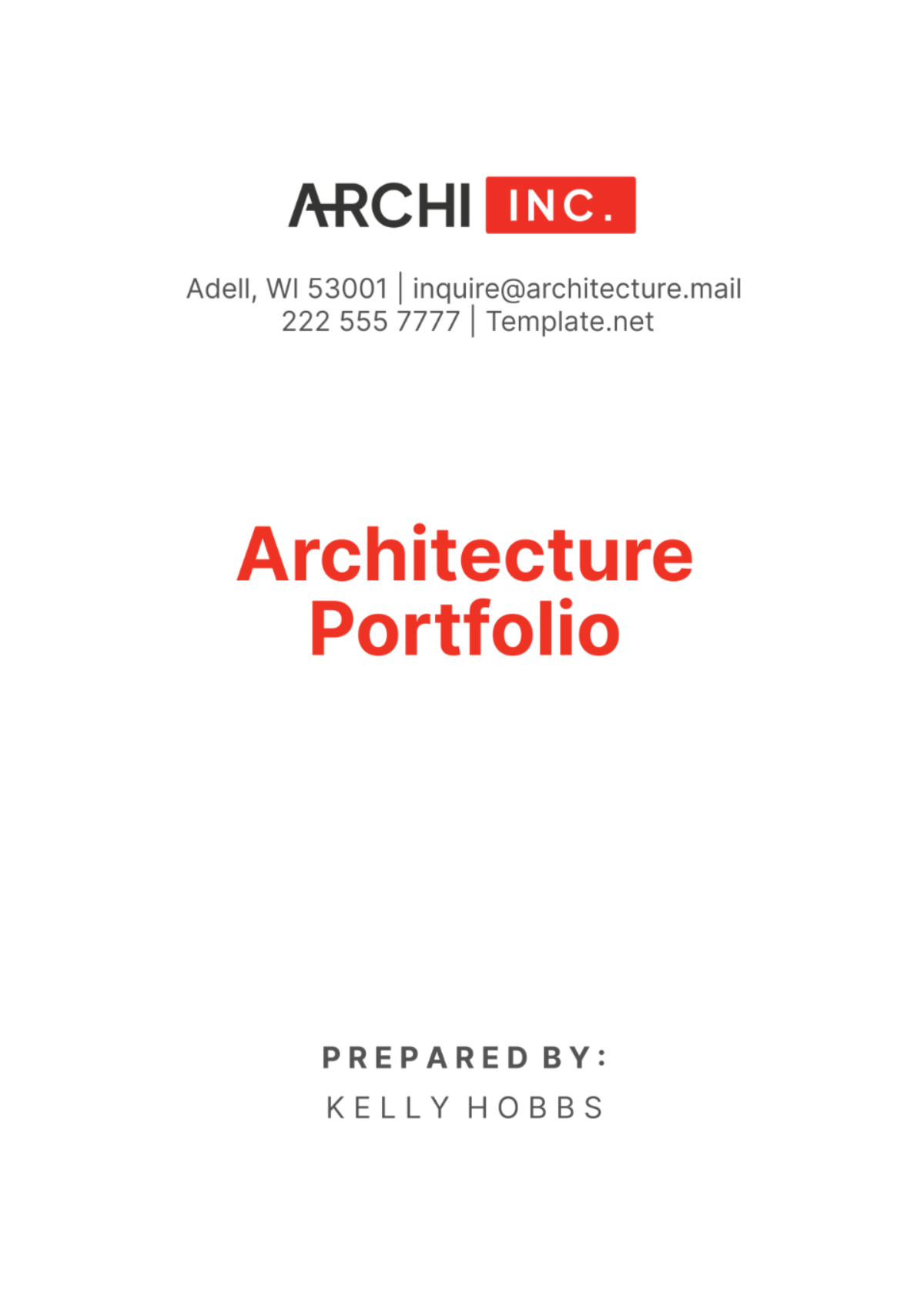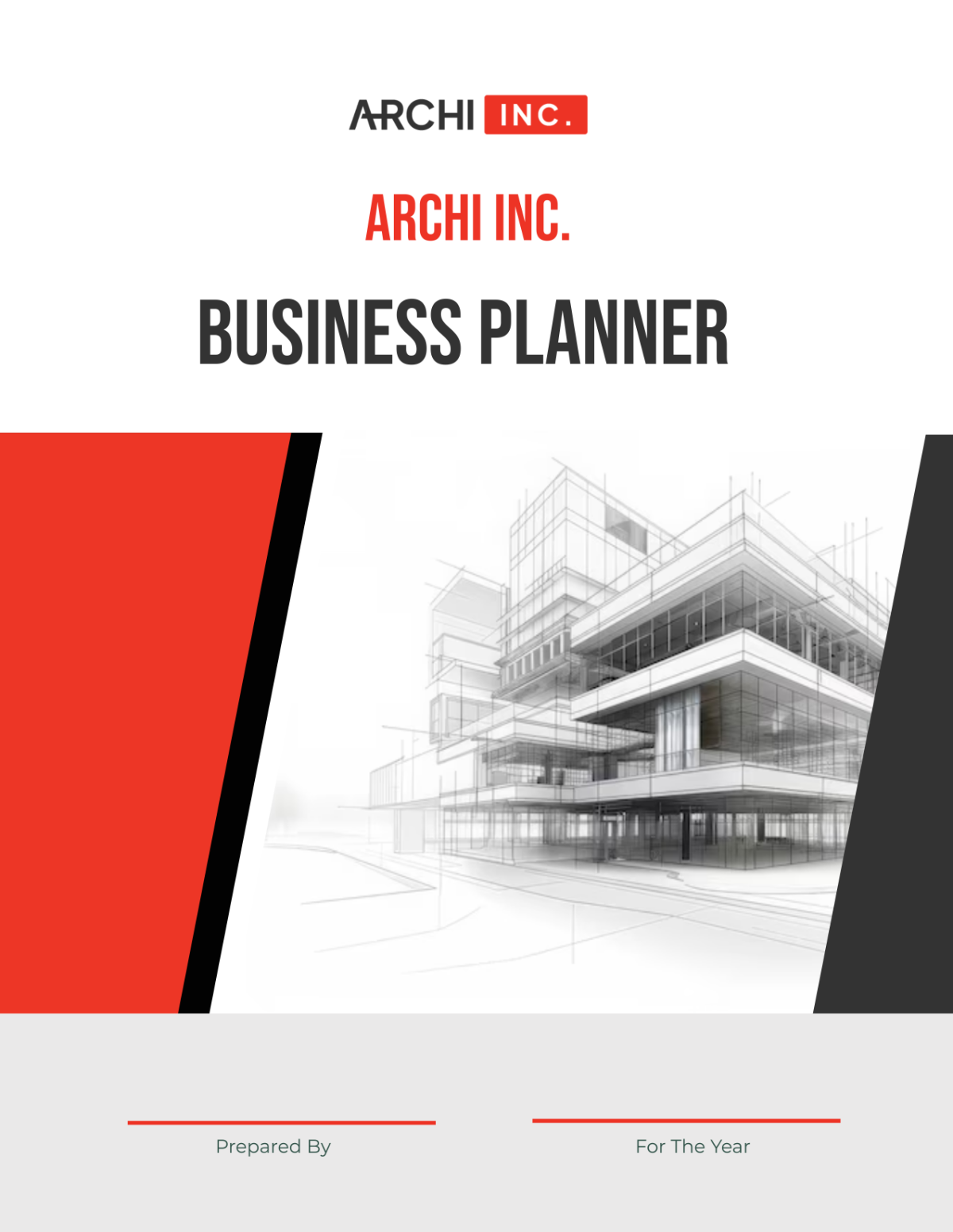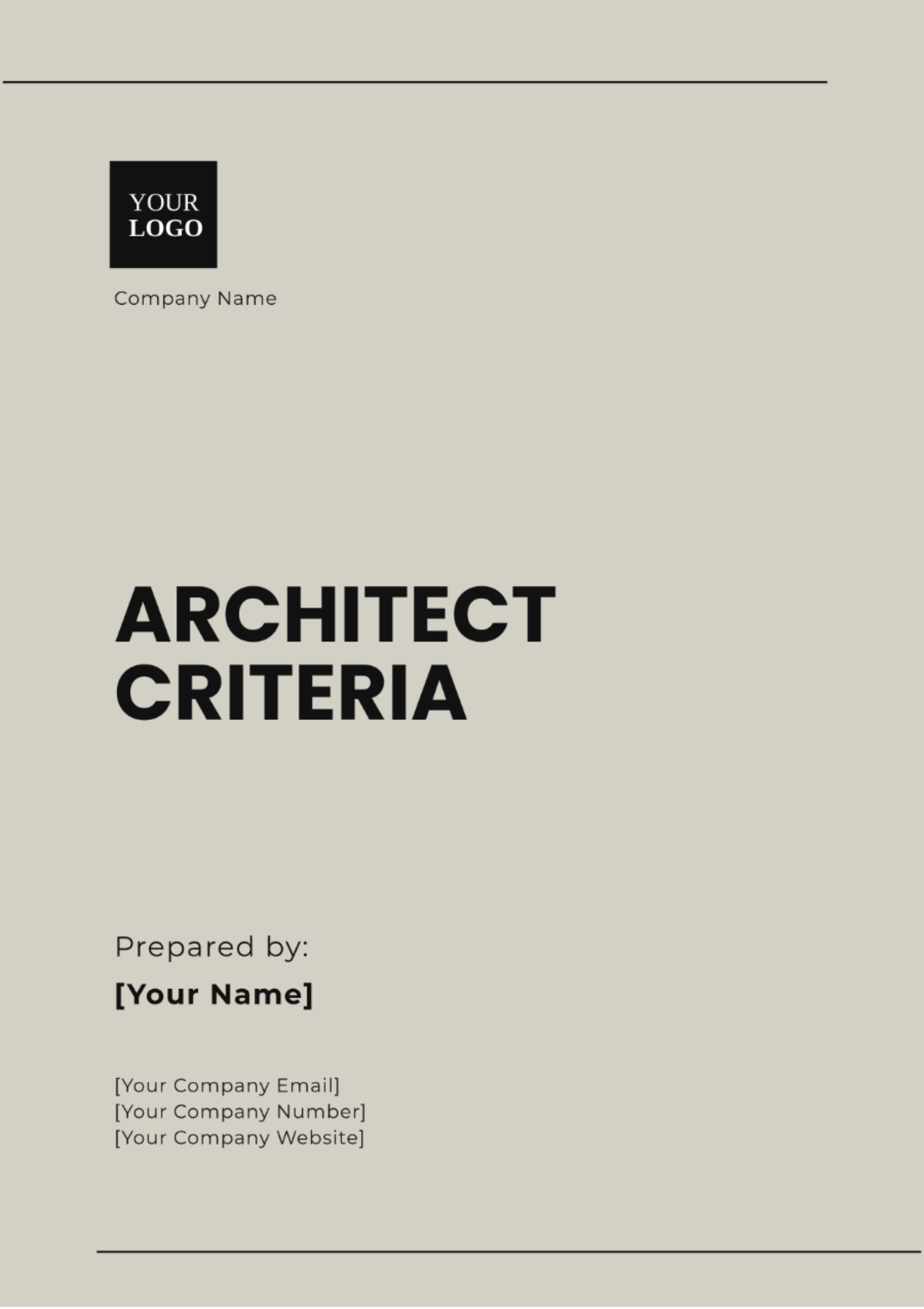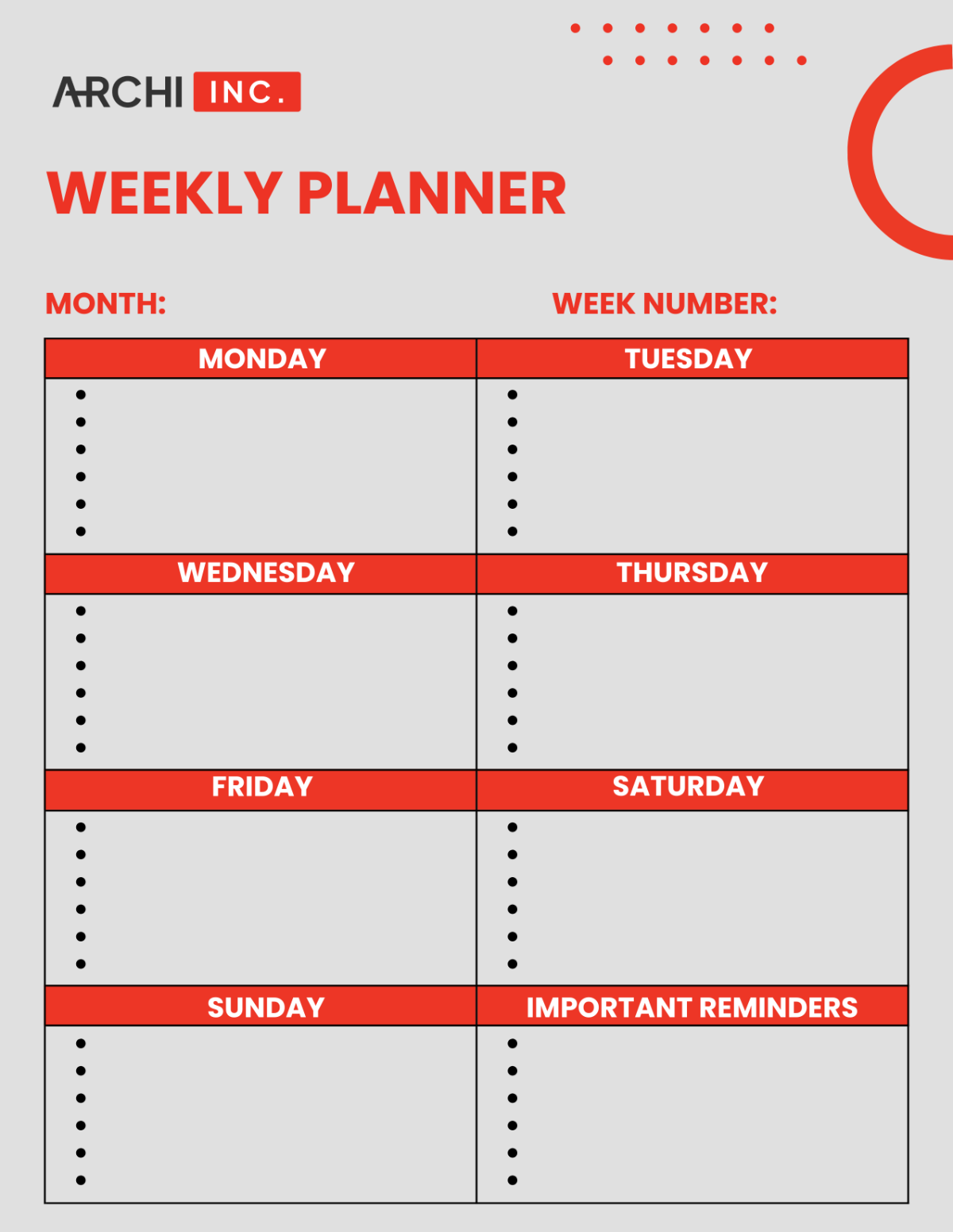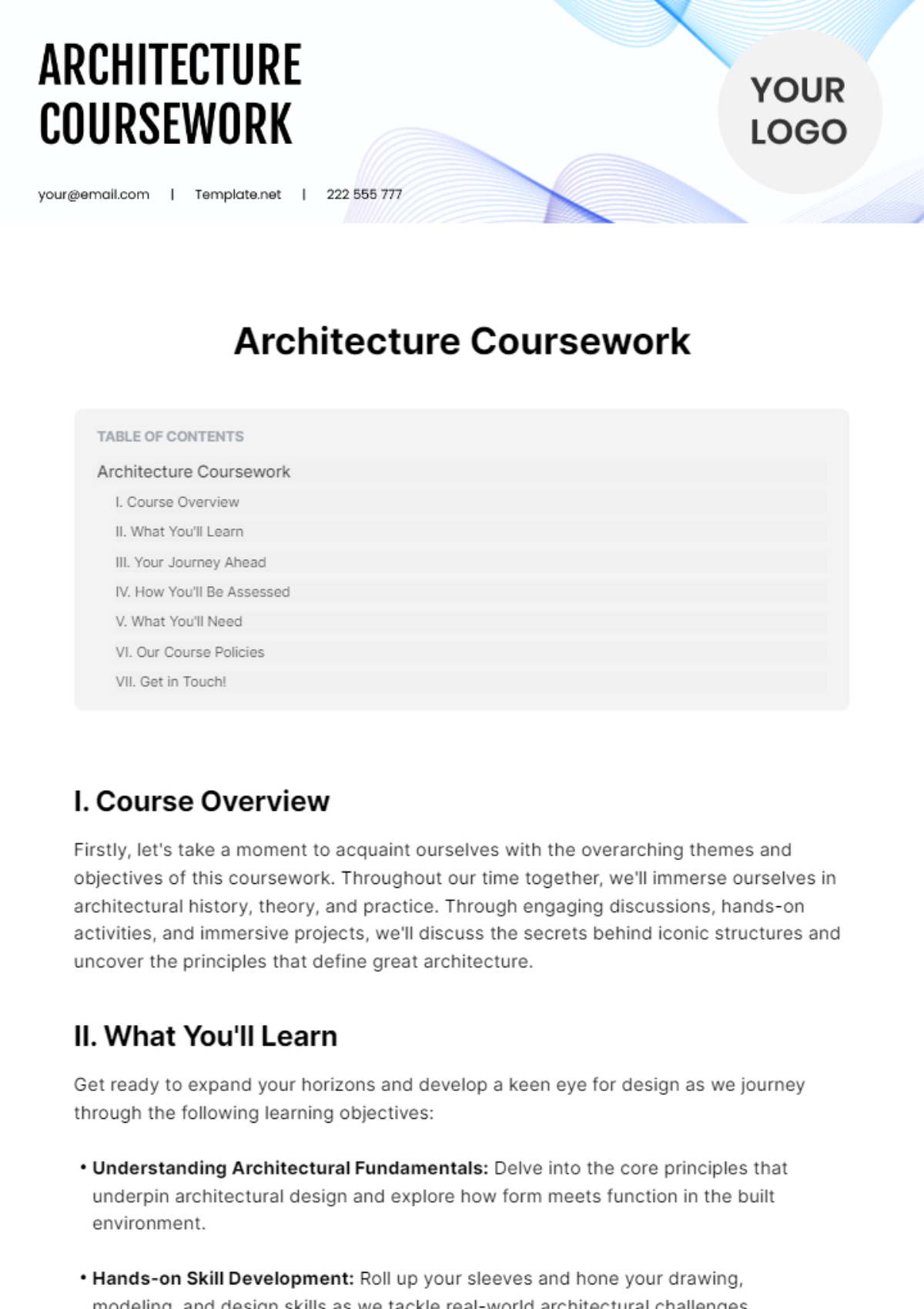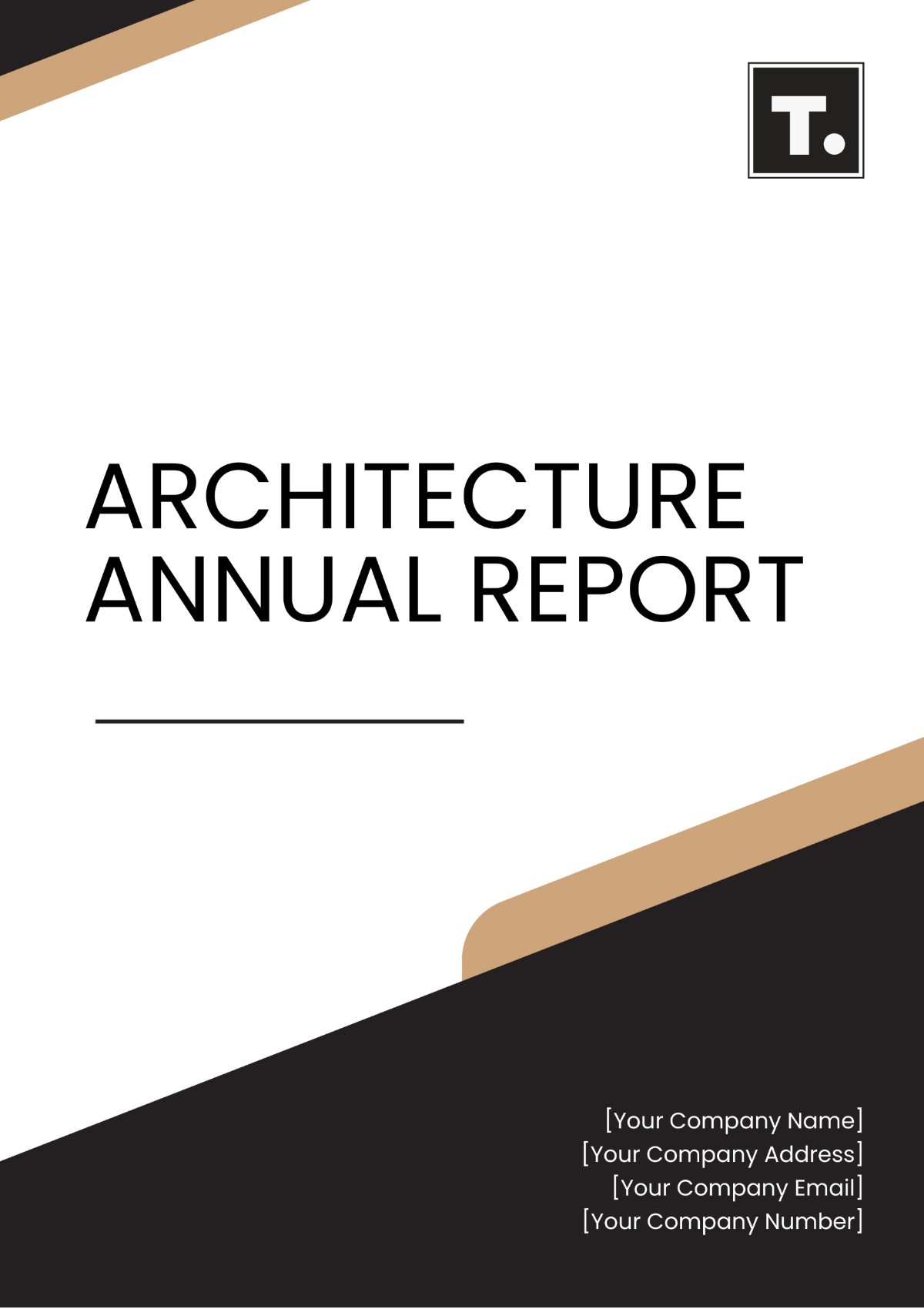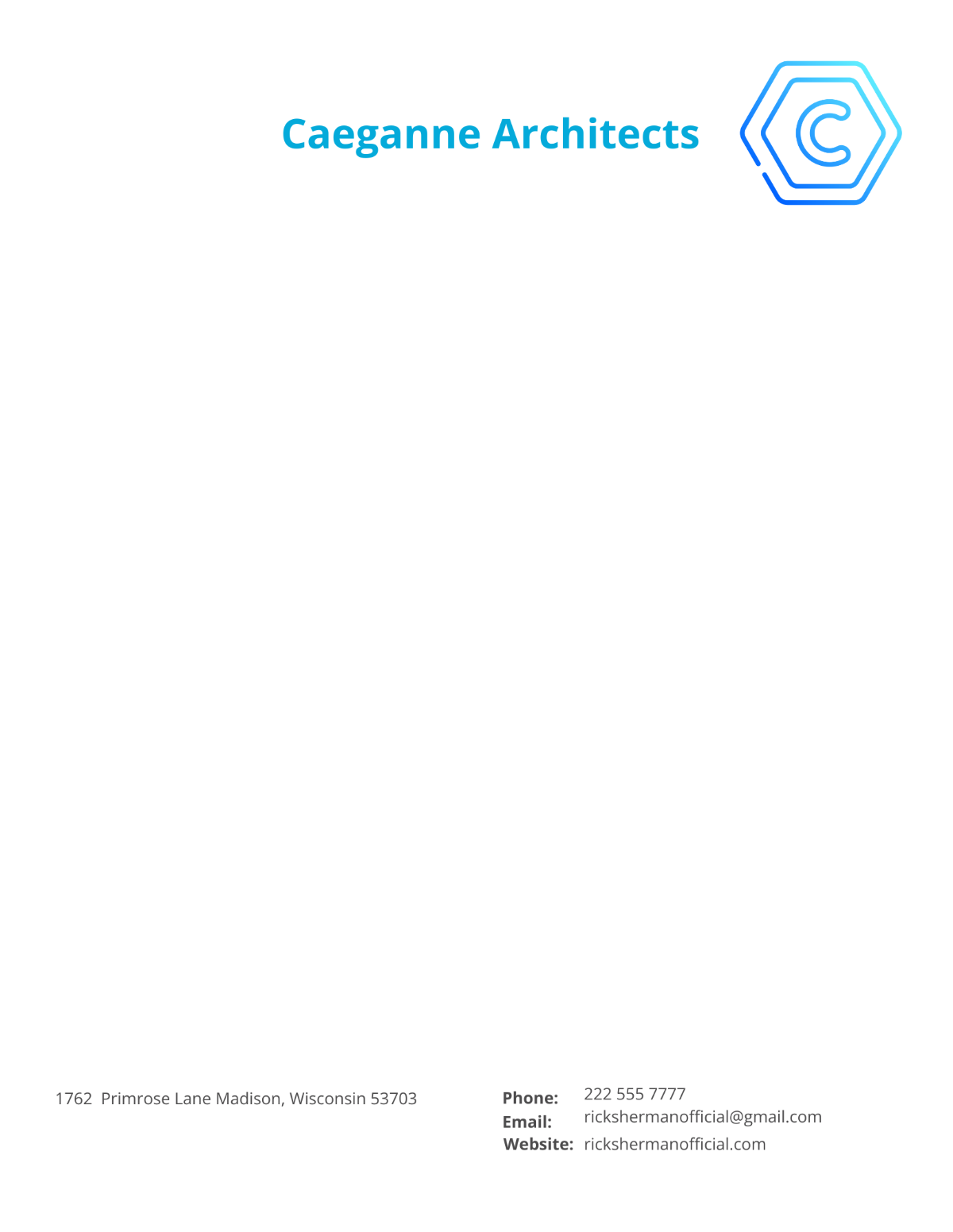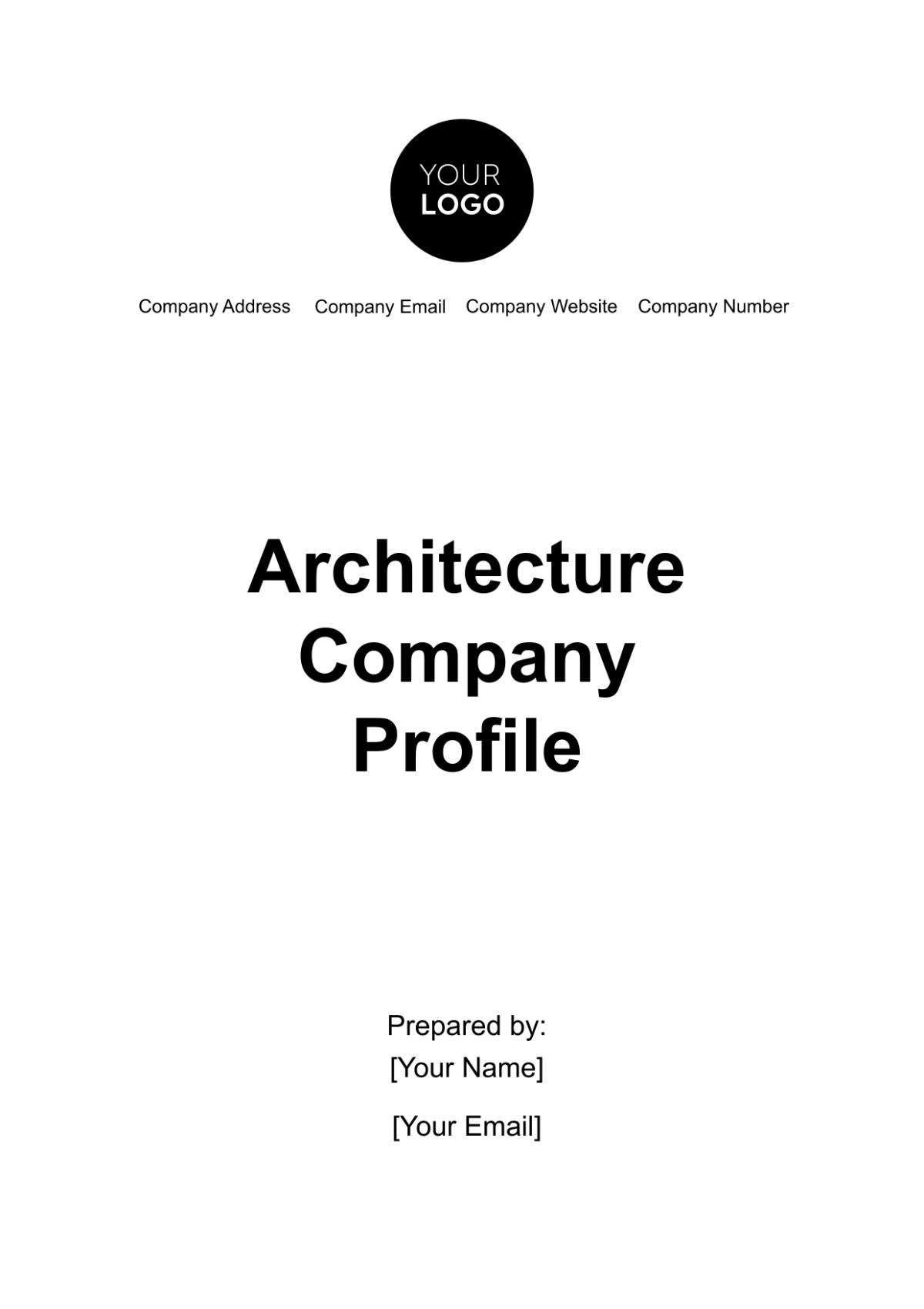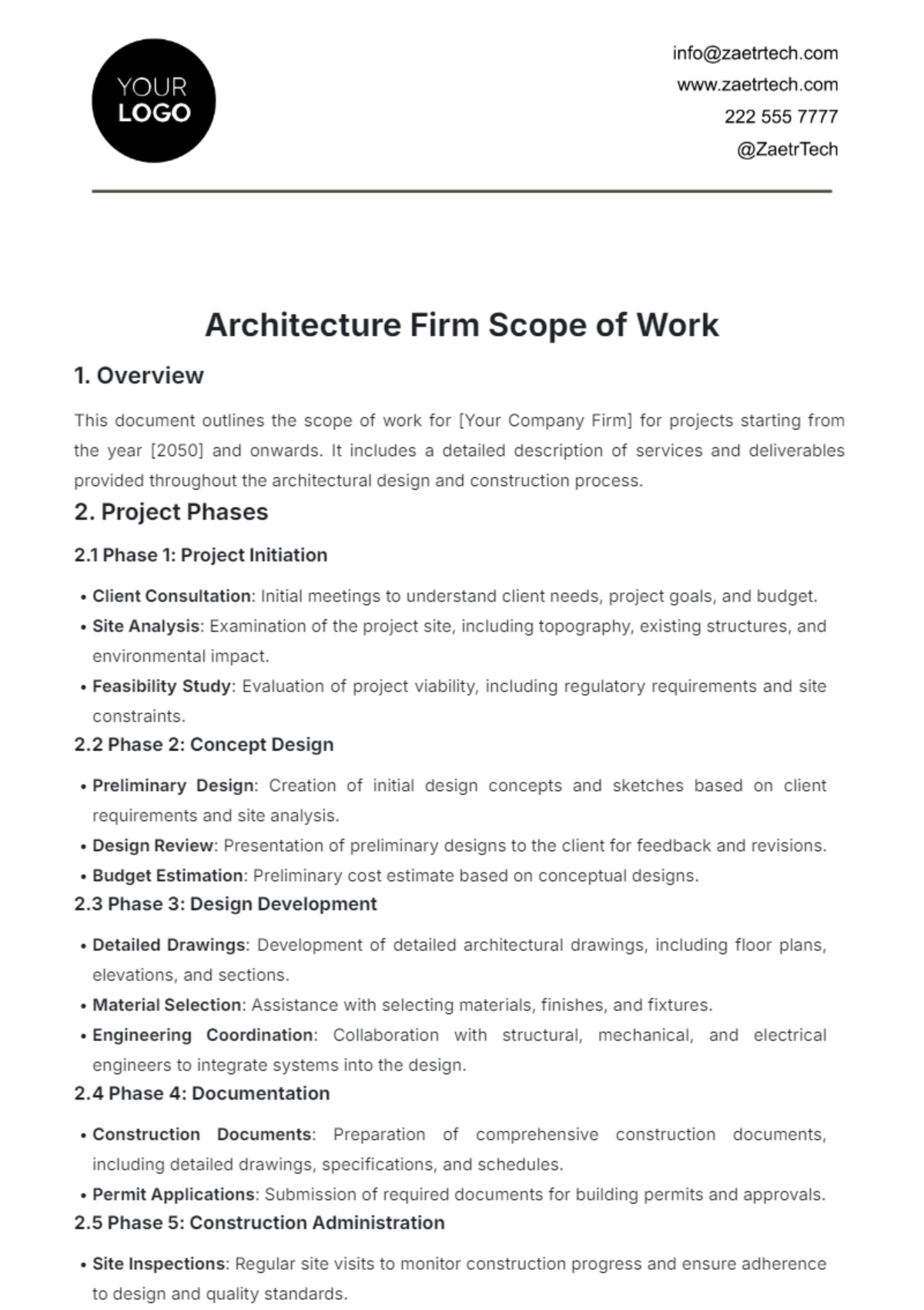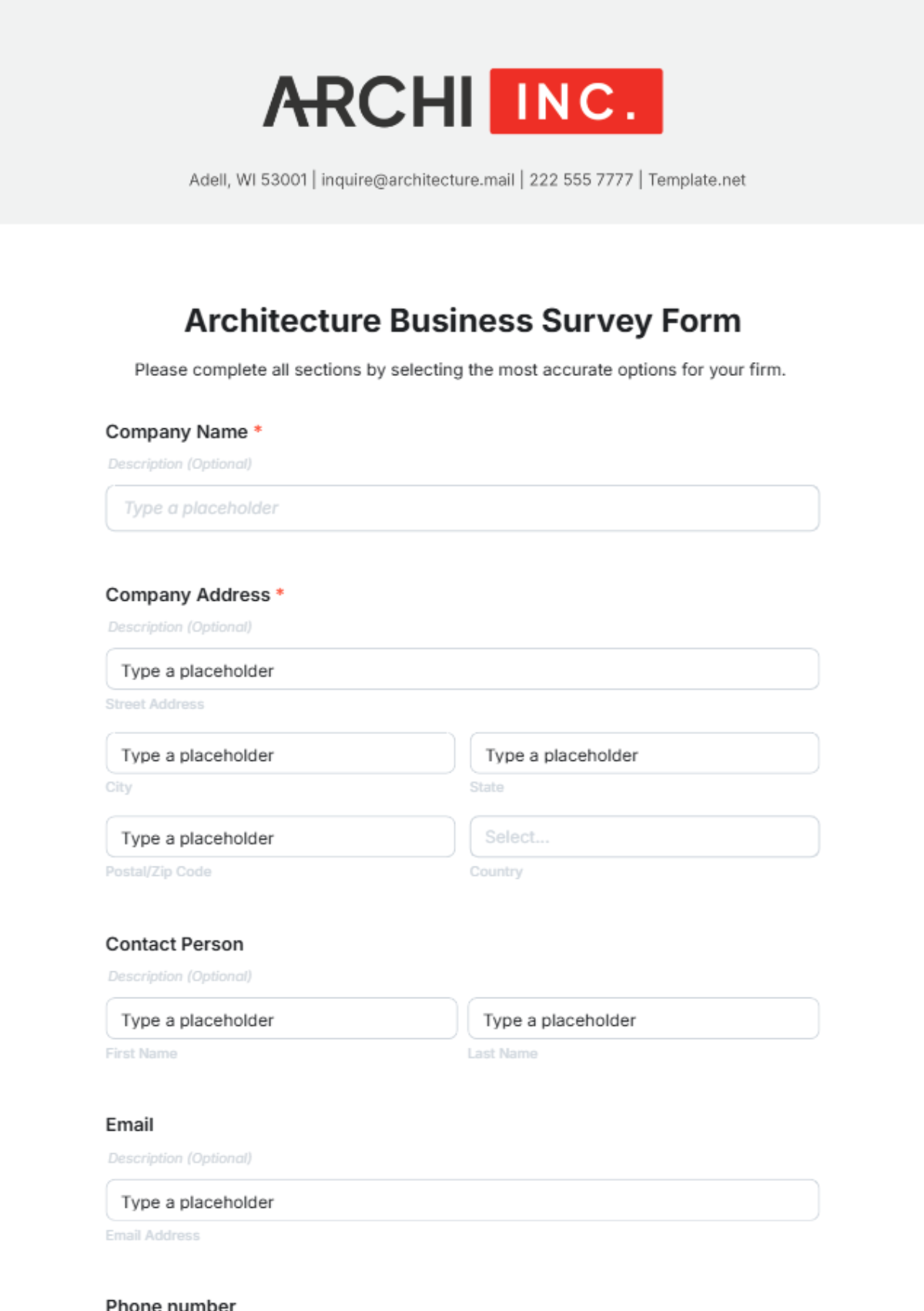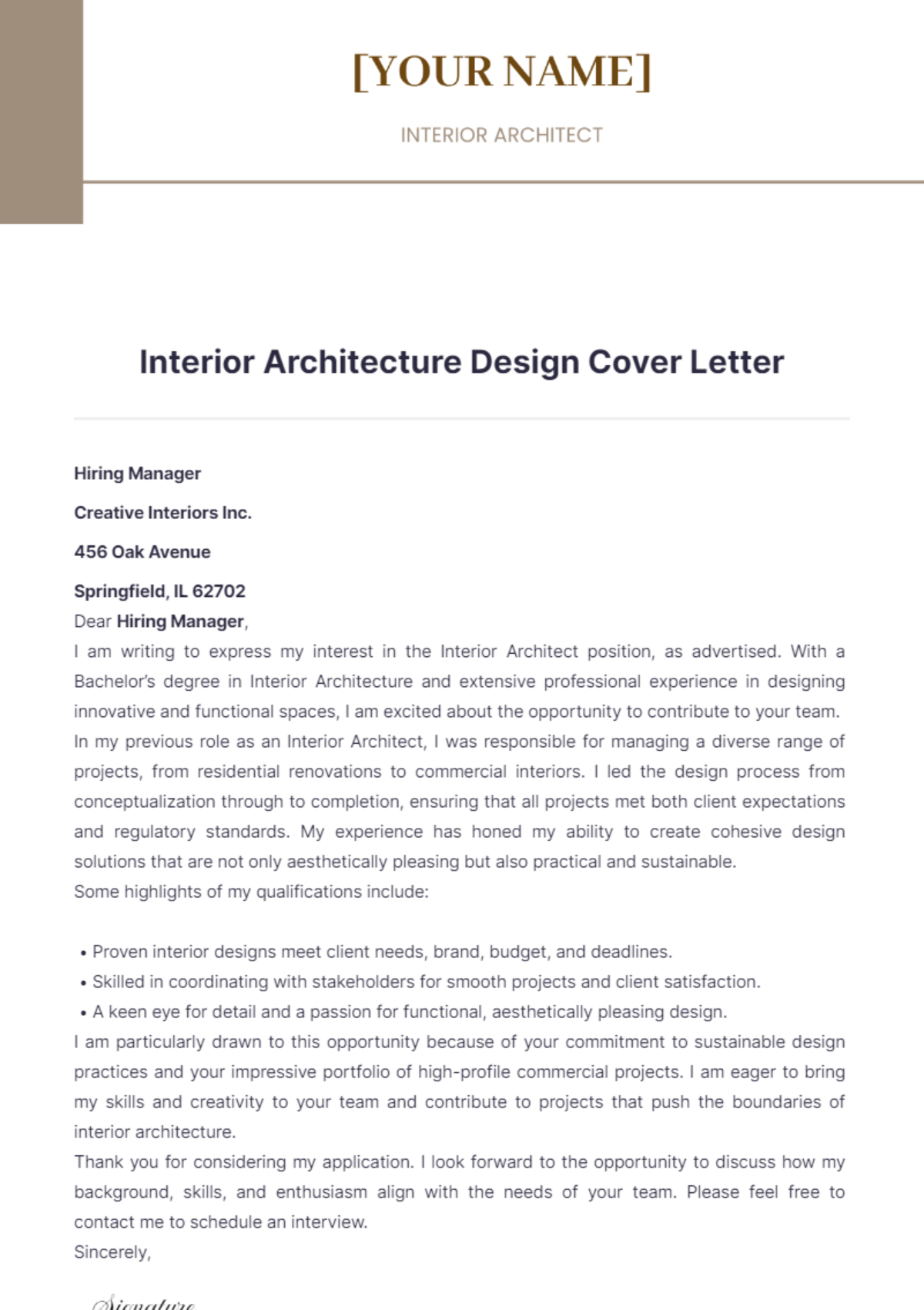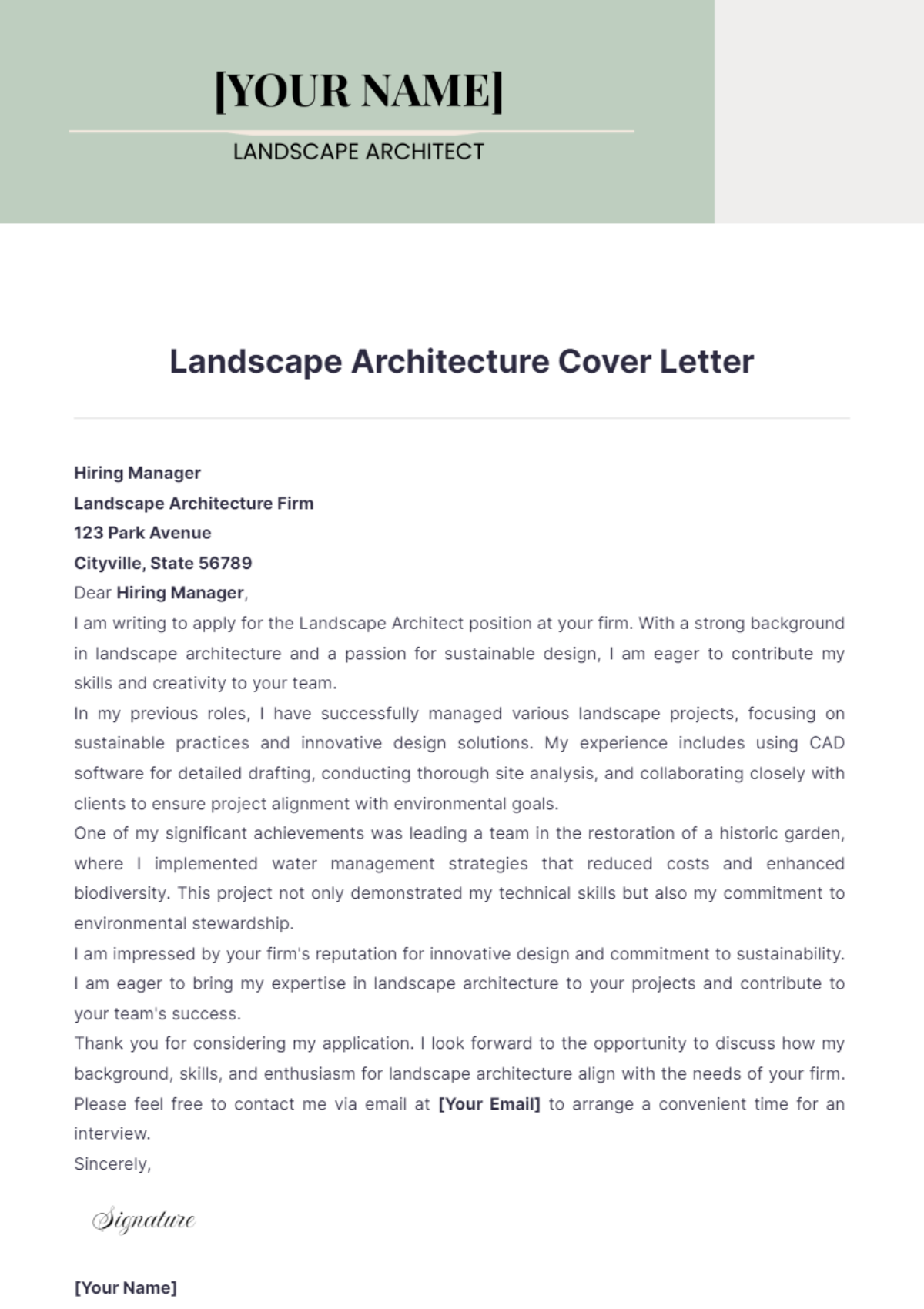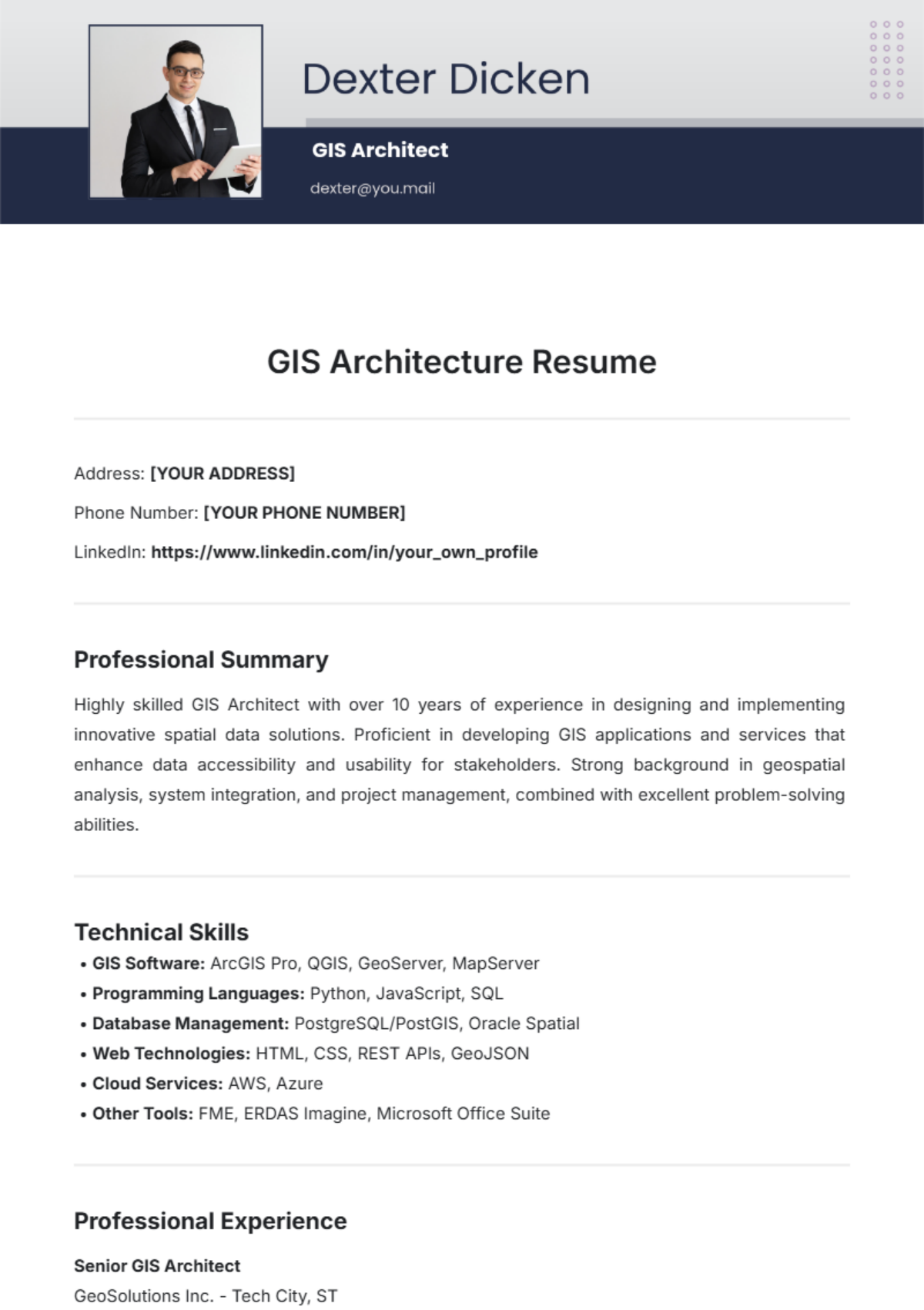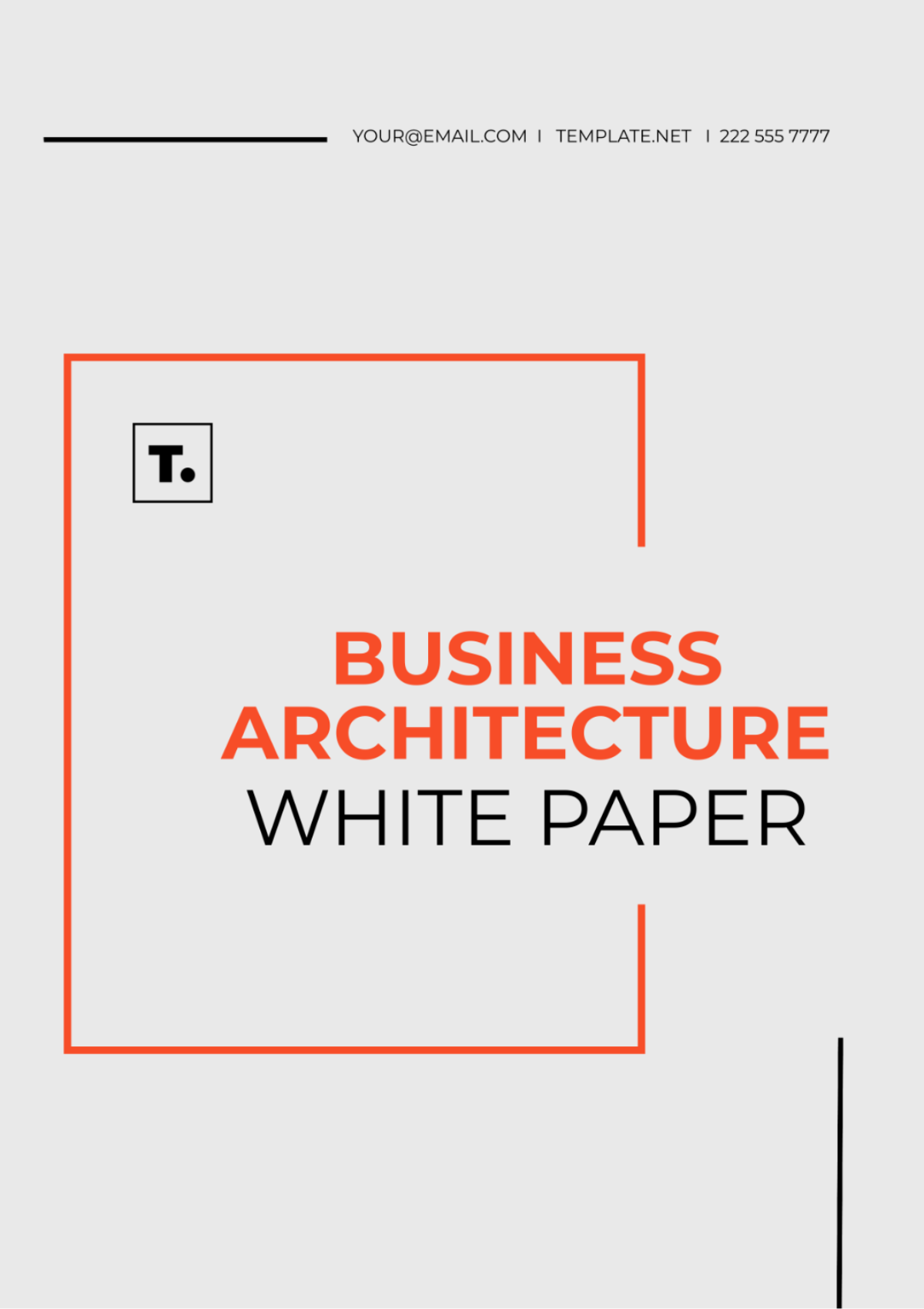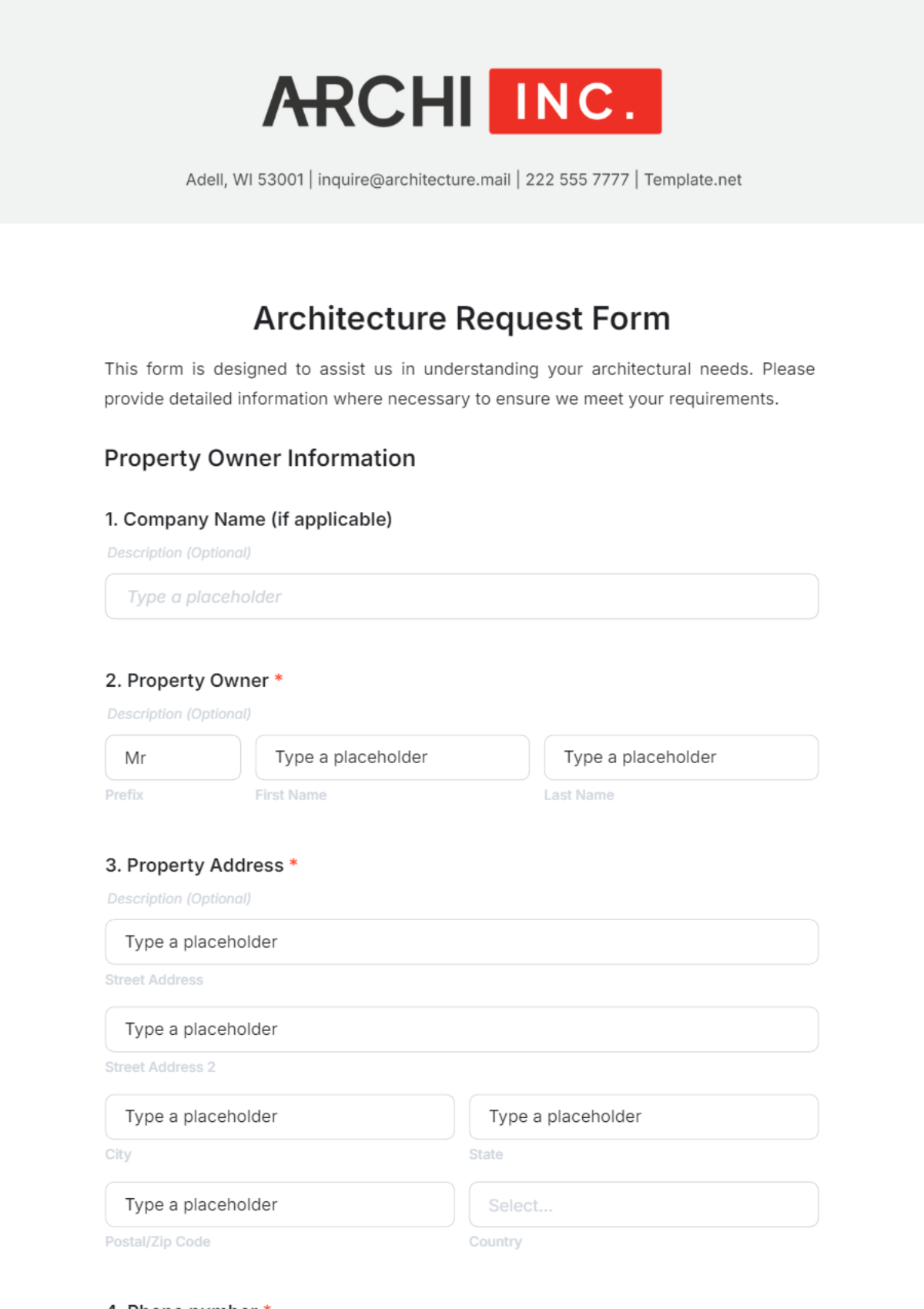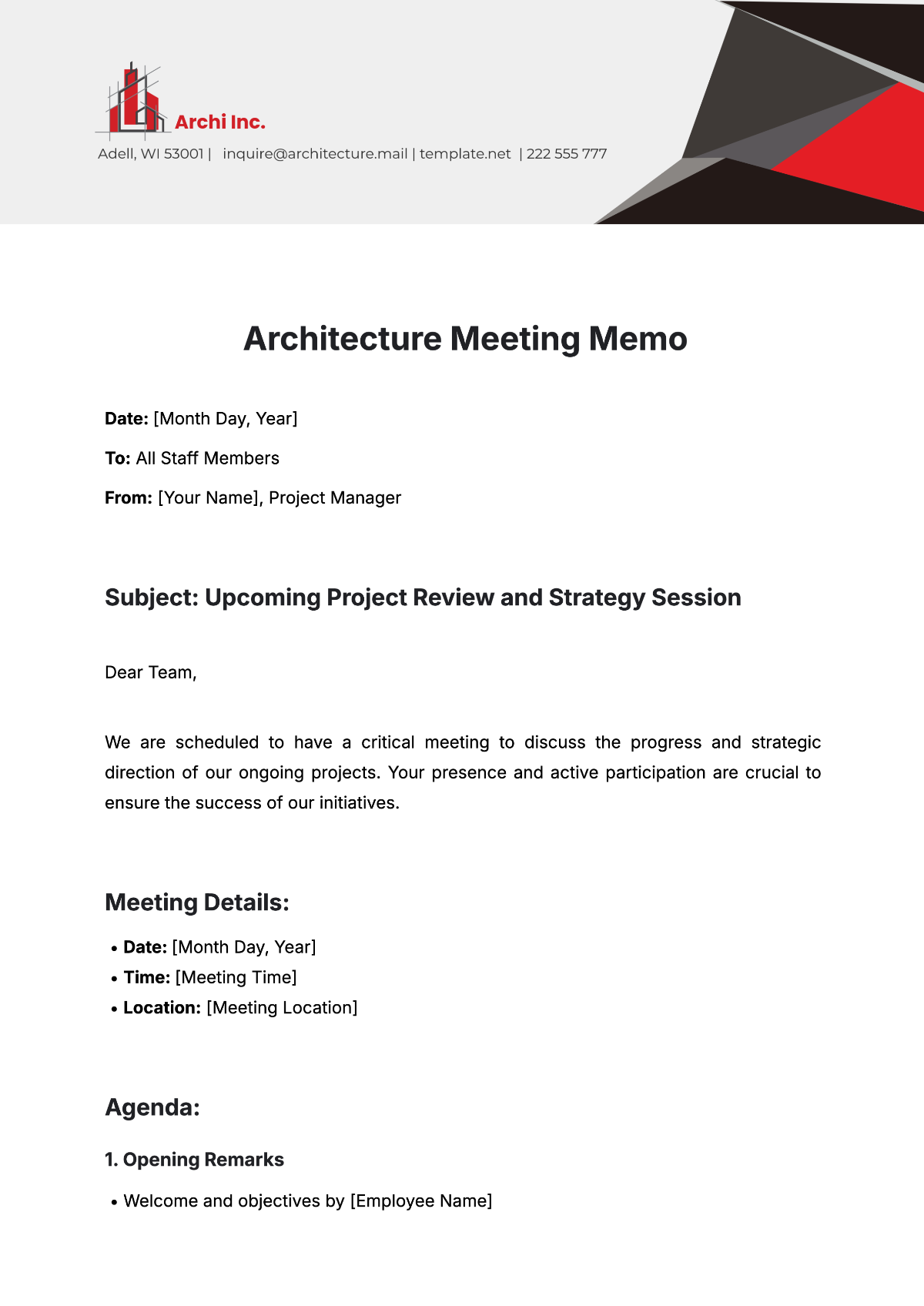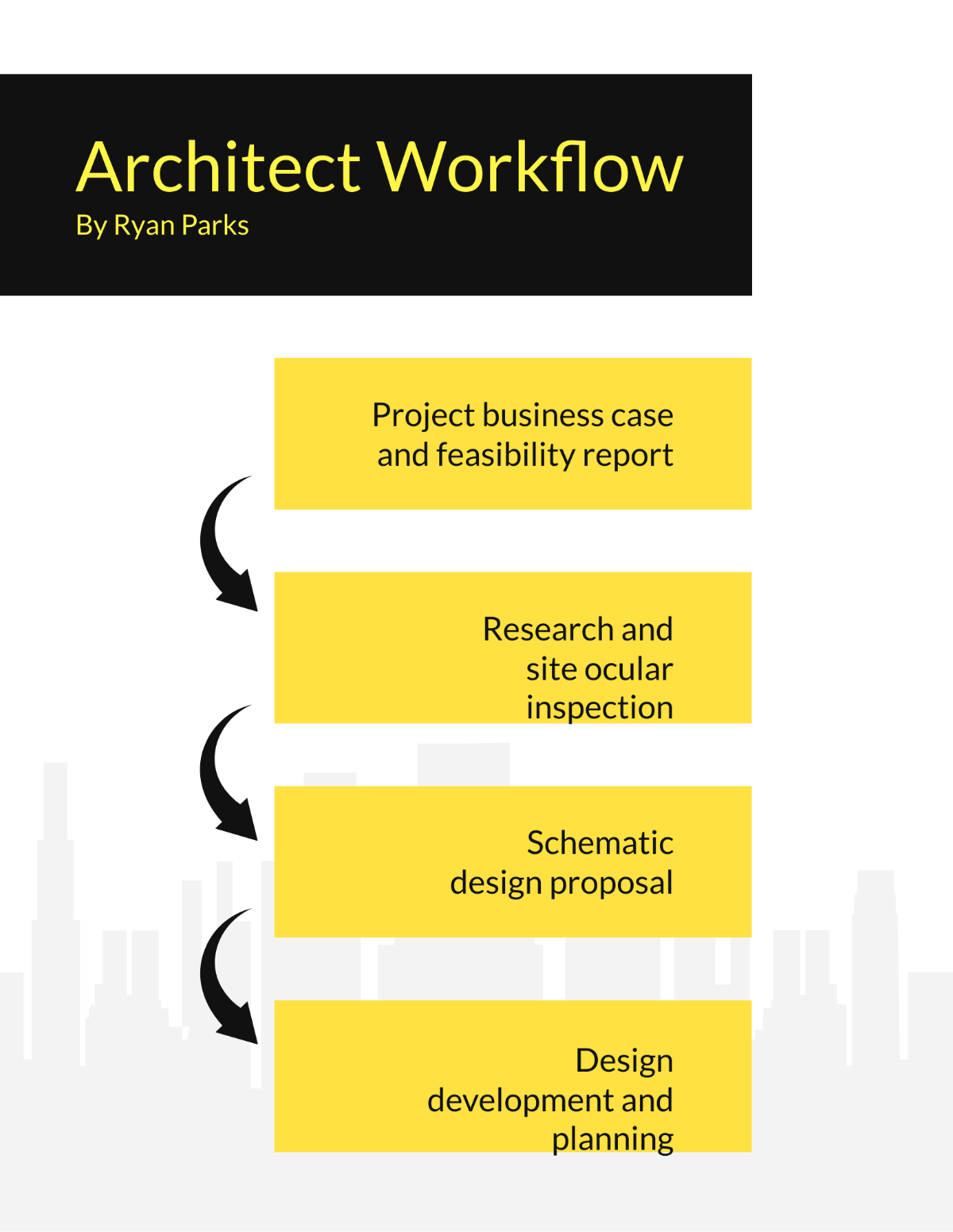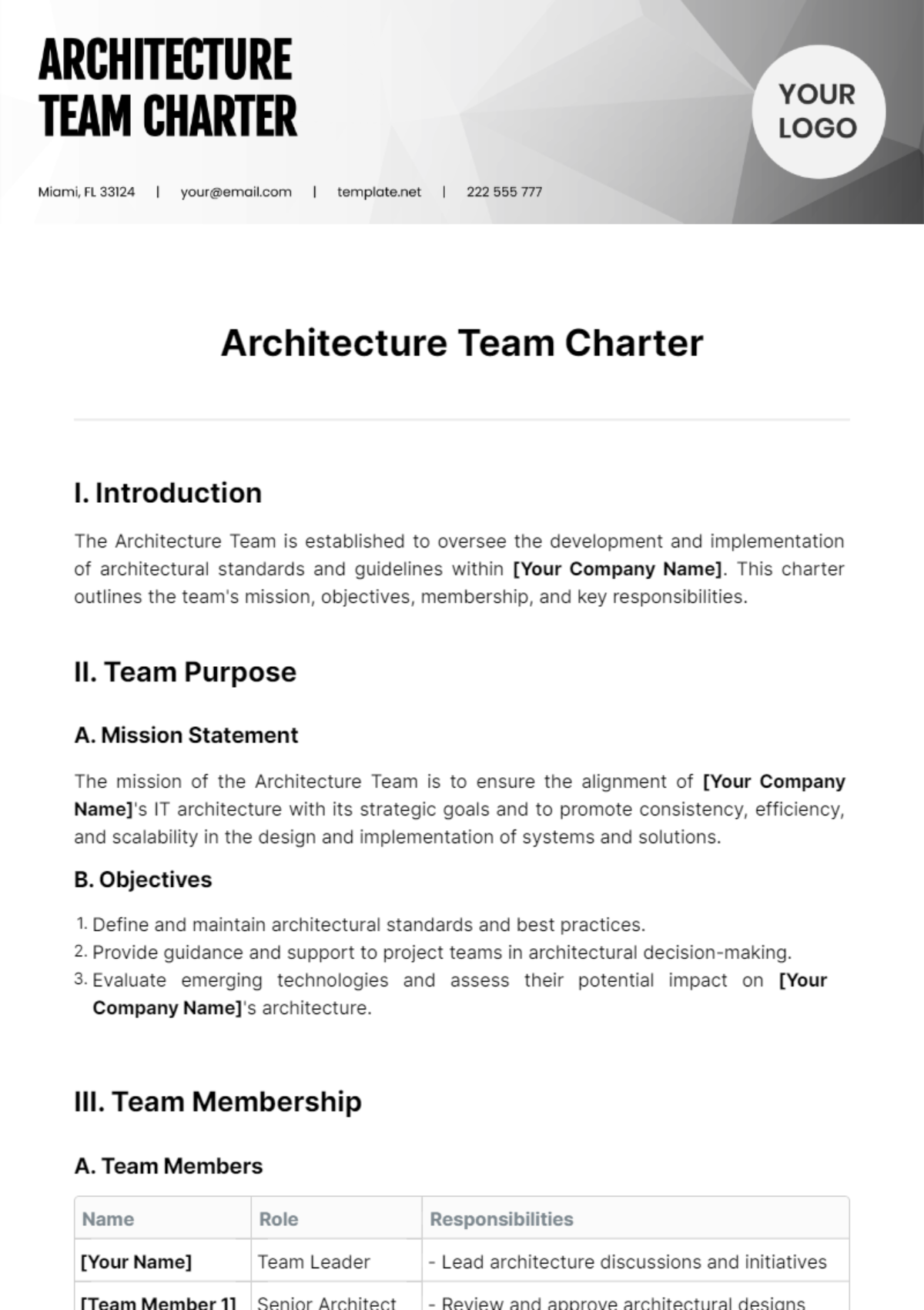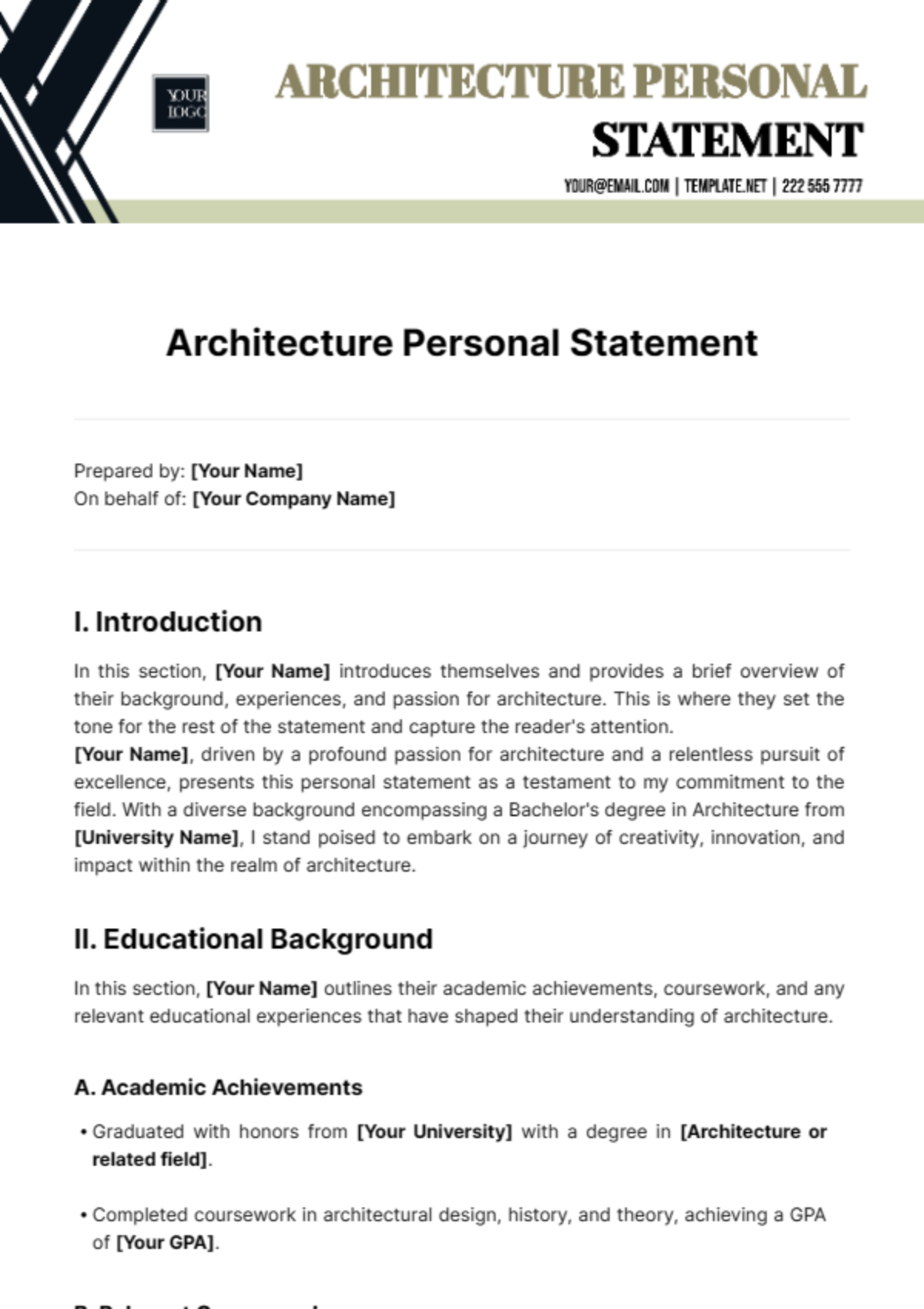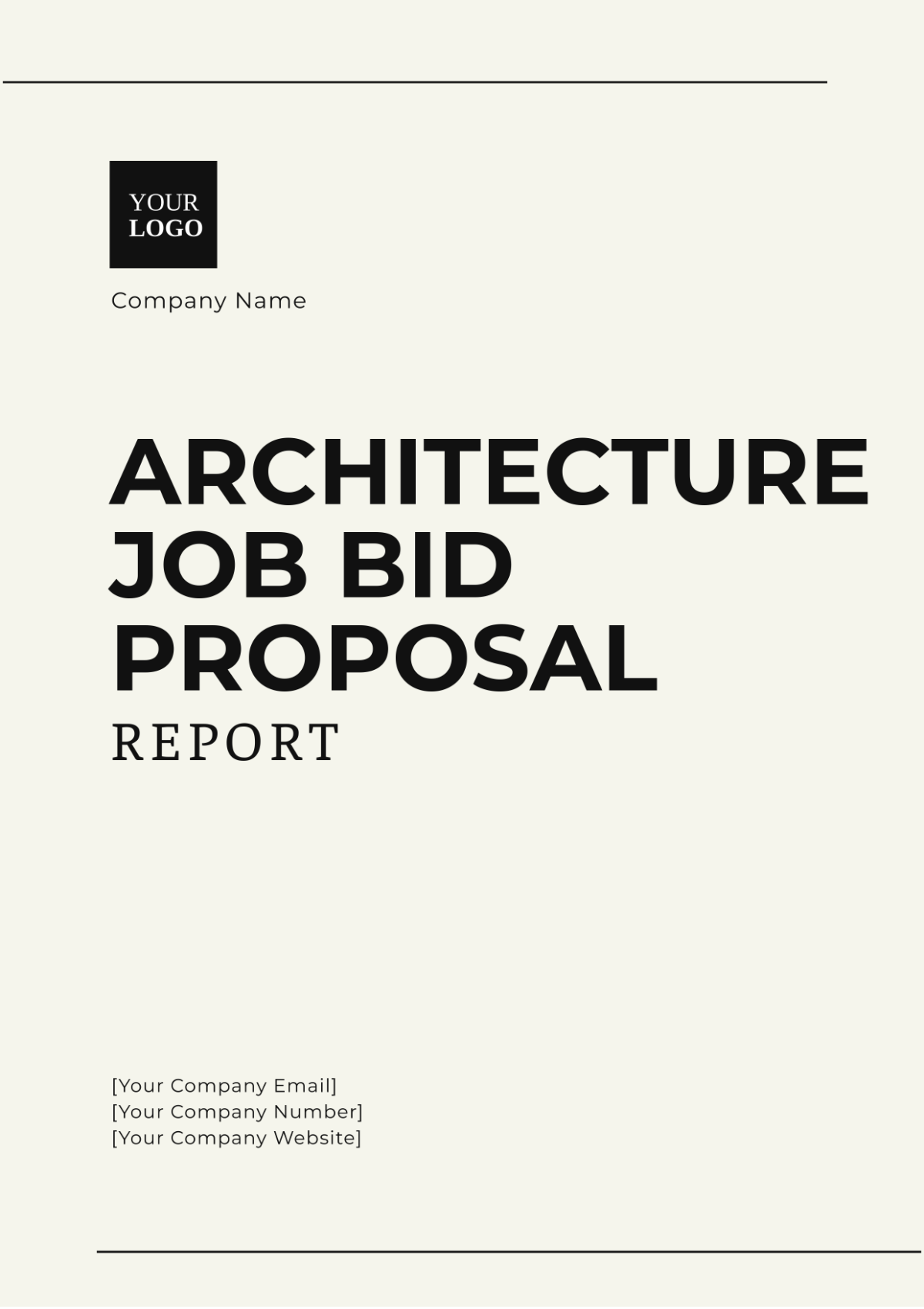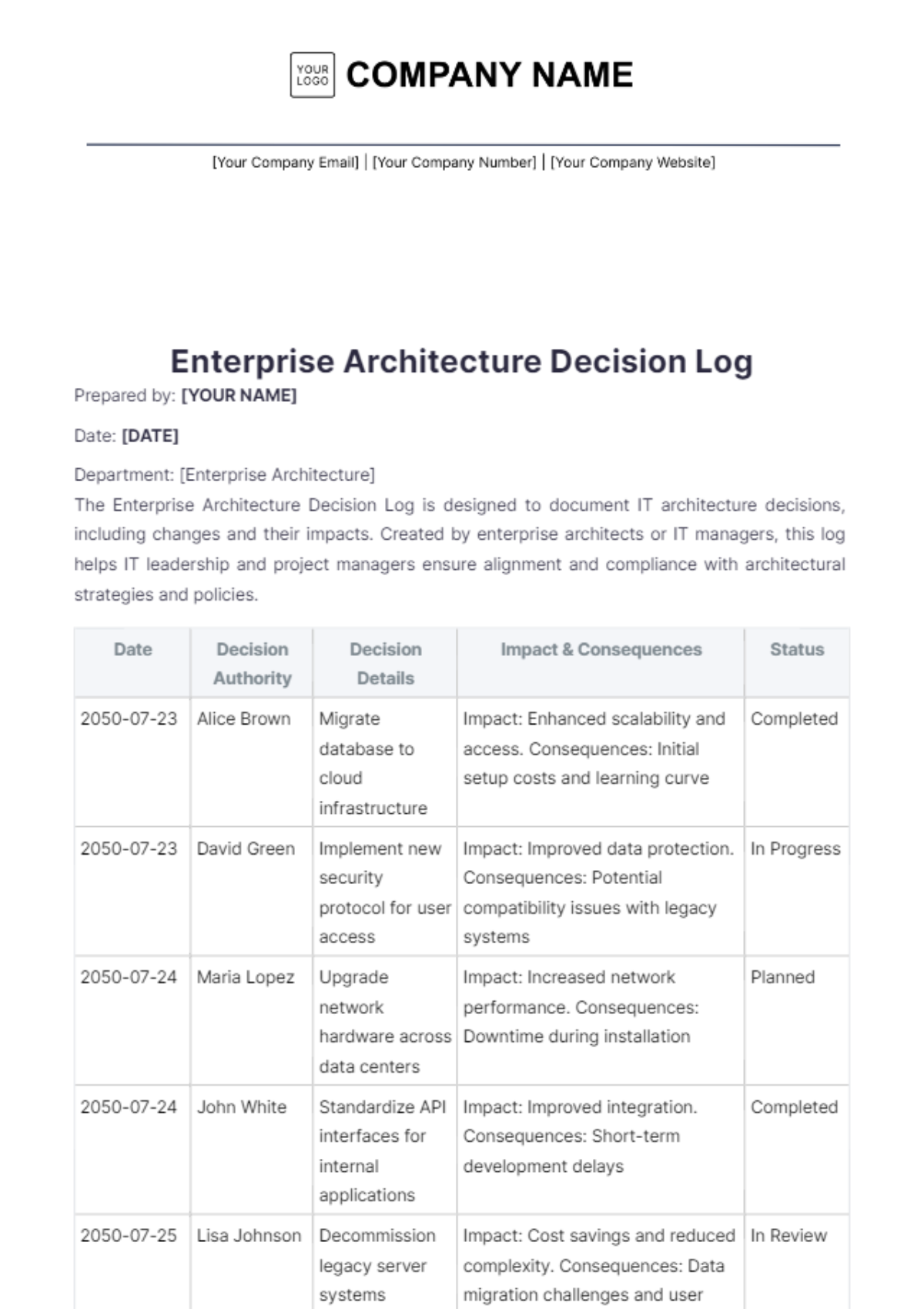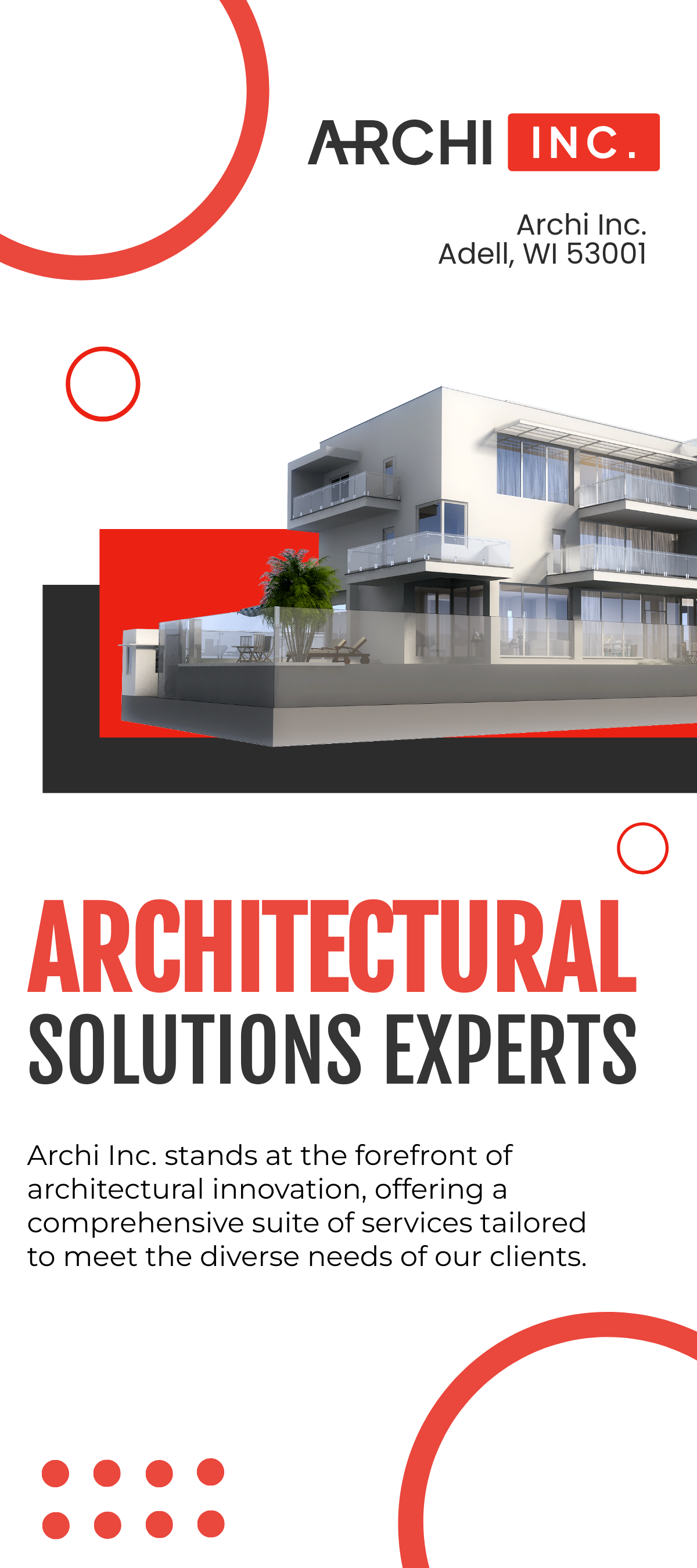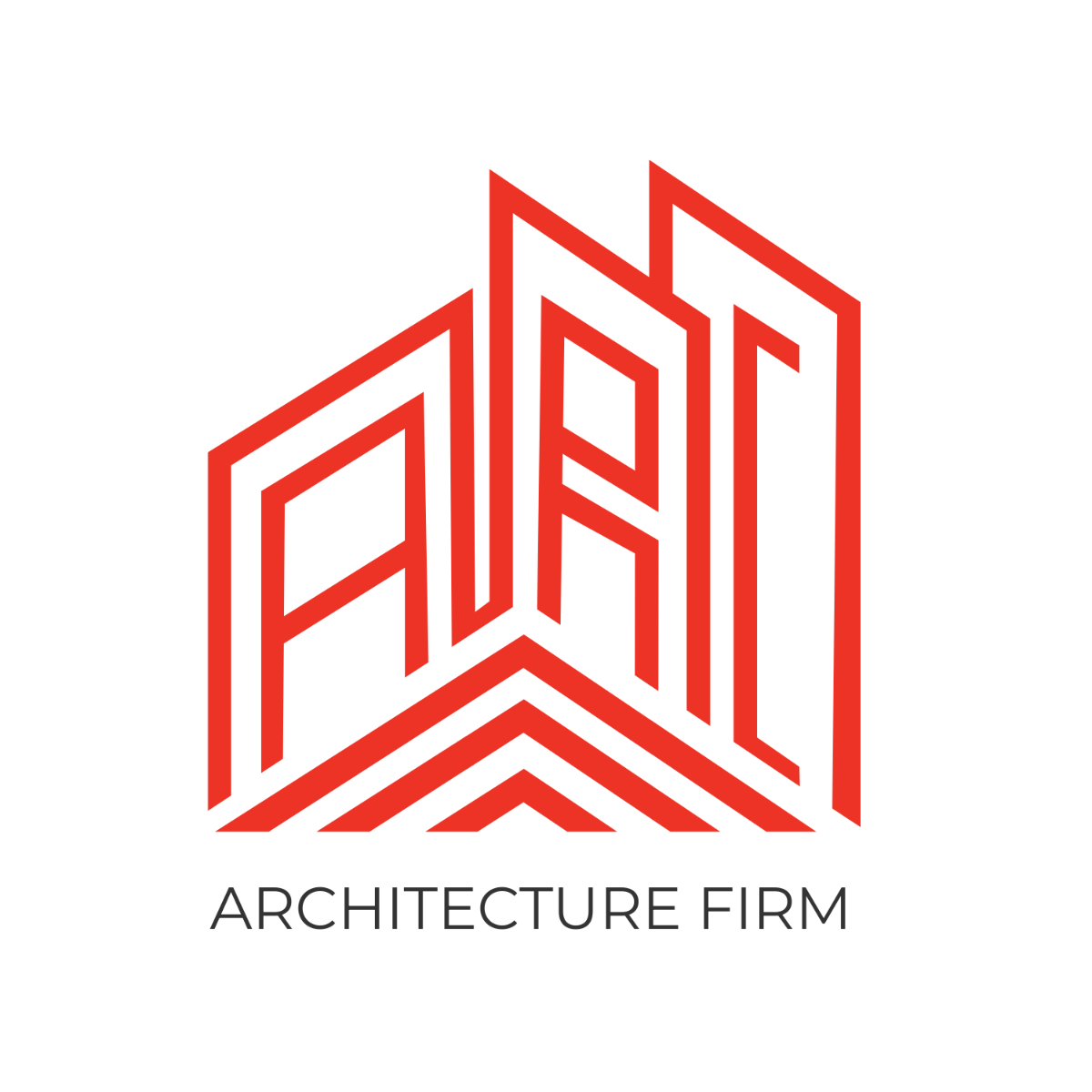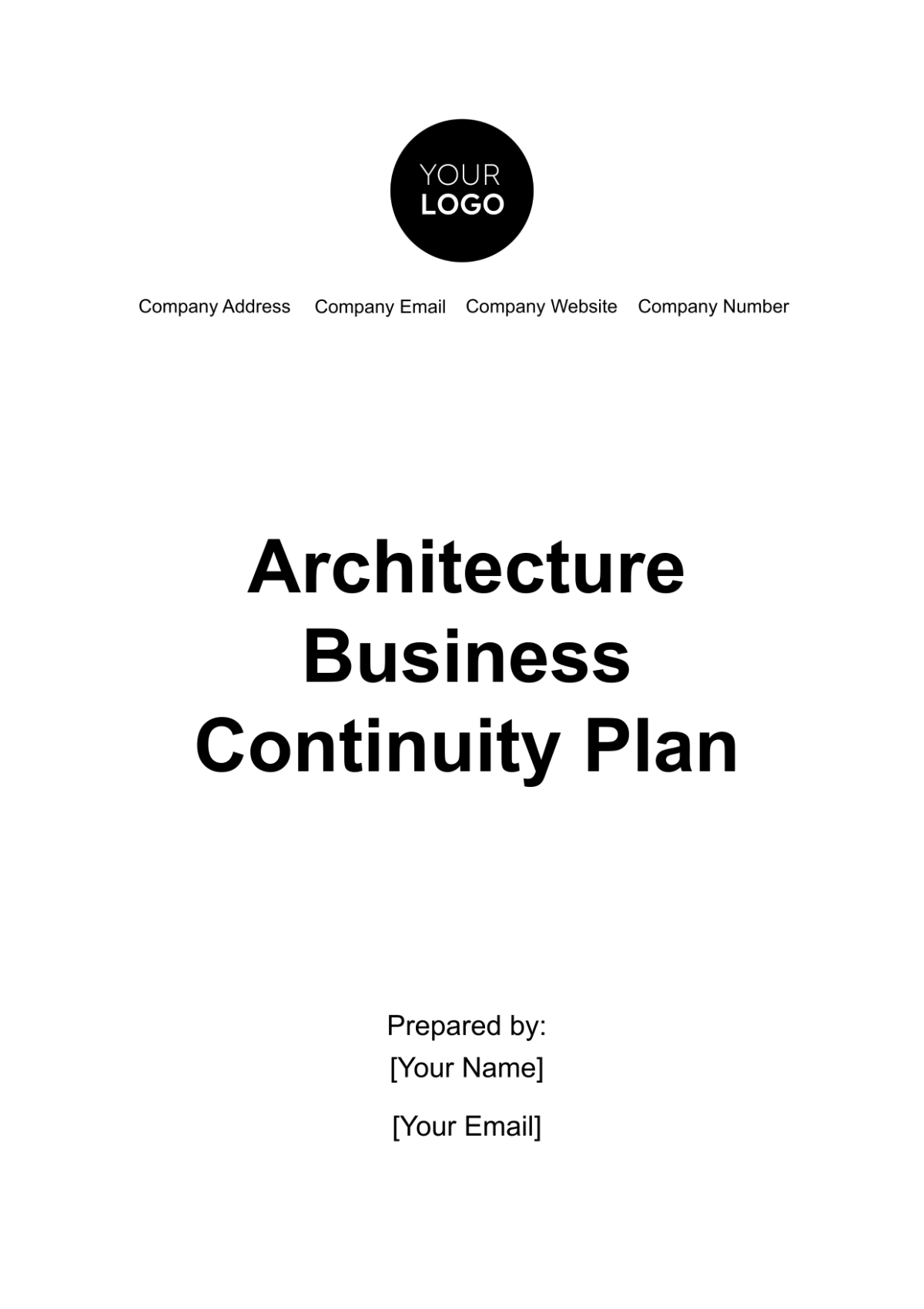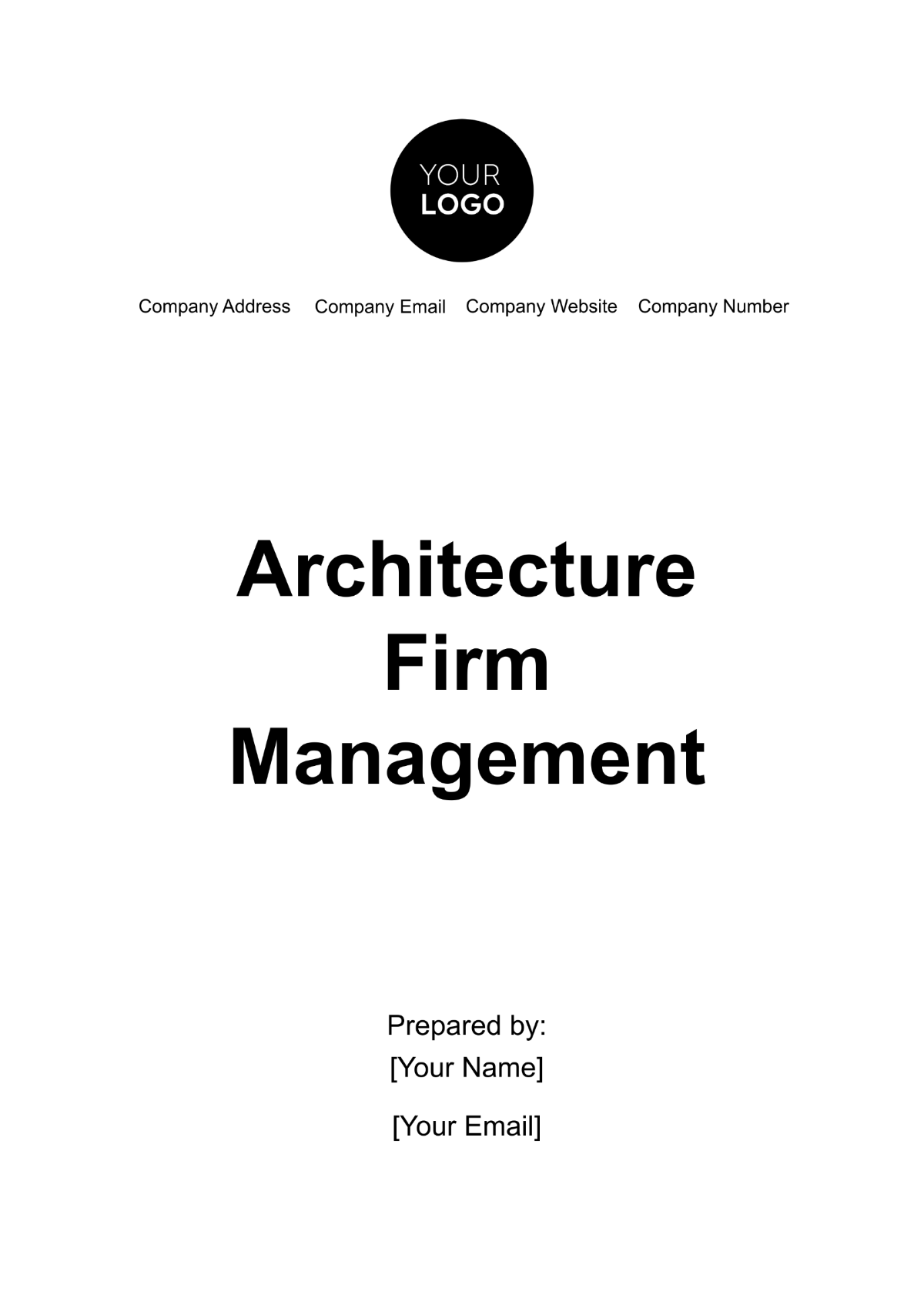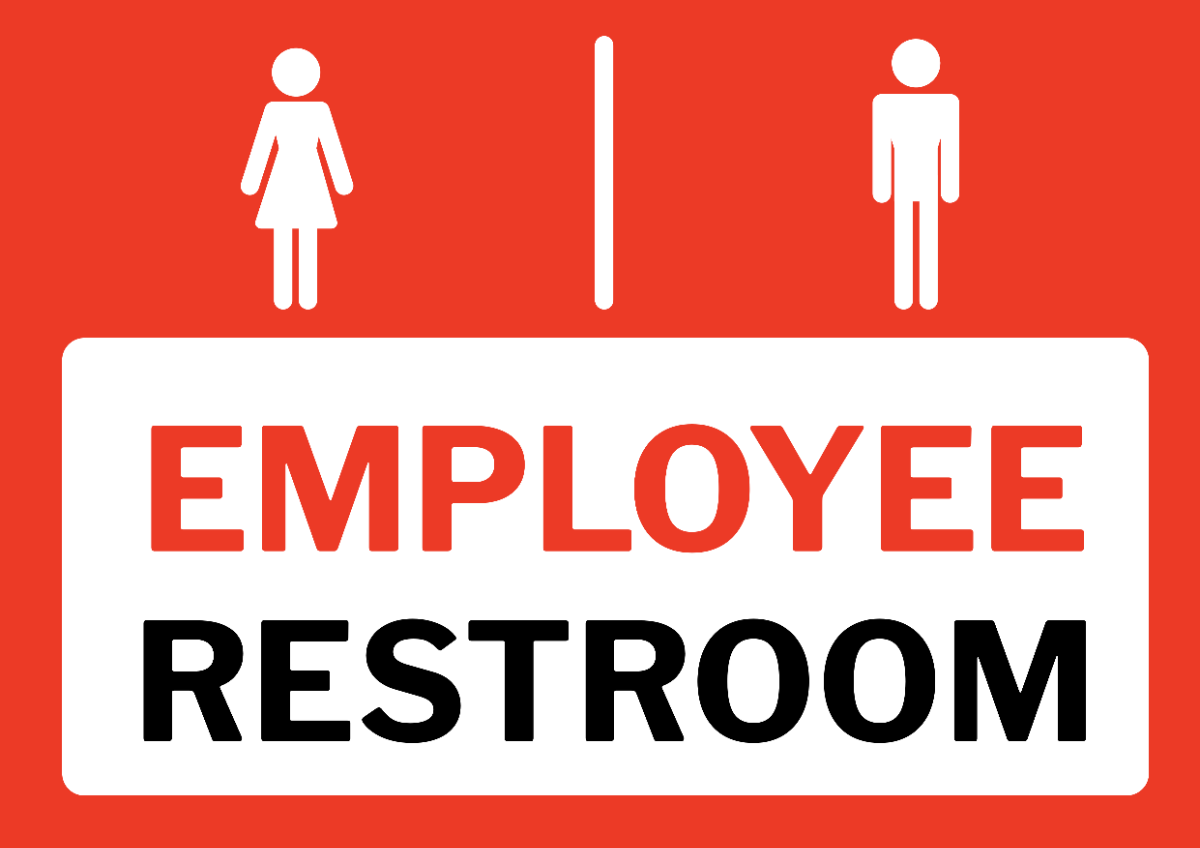Architecture Firm Management
I. Project Management
Successful architectural projects rely on meticulous oversight and coordination across various elements. From strategic planning and budgeting to scheduling, risk management, communication, and quality control, each aspect plays a crucial role in delivering outcomes that meet client expectations. Efficient management of these components ensures that projects are completed on time, within budget, and to the highest standards, enhancing the firm's reputation and overall success.
Function | Description |
|---|---|
Project Planning |
|
Budgeting and Cost Control |
|
Scheduling and Time Management |
|
Risk Management |
|
Communication |
|
Quality Control |
|
II. Financial Management
Financial Management is a cornerstone of a successful architecture firm, ensuring that the firm’s financial health is maintained while supporting its operational and strategic goals. Effective financial management involves several key areas:
Section | Purpose | Tasks | Tools |
|---|---|---|---|
Budgeting and Forecasting | Establish a financial plan to guide operations and strategic decisions. | Develop detailed budgets, forecast future financial performance based on data and trends. | Budgeting software, financial forecasting models. |
Financial Reporting | Provide insights into the firm’s financial performance and position. | Generate income statements, balance sheets, and cash flow statements; analyze financial health. | Accounting software, financial reporting tools. |
Cash Flow Management | Ensure liquidity to meet operational needs. | Monitor cash inflows and outflows; manage accounts receivable and payable; optimize cash flow. | Cash flow management tools, invoicing software. |
Cost Control | Manage expenses to align with budget and financial goals. | Track and analyze costs; identify cost-saving opportunities without compromising quality. | Cost tracking systems, expense management software. |
Compliance and Tax Management | Ensure adherence to financial regulations and efficient tax planning. | Comply with accounting standards and regulations; manage and optimize tax obligations. | Compliance management systems, tax planning software. |
III. Human Resources (HR)
Human Resources (HR) plays a vital role in shaping a thriving architecture firm by managing recruitment, development, and employee relations. This section explores essential HR functions, including talent acquisition, training, performance management, and compensation. By addressing these areas, an architecture firm can build a skilled, motivated team and maintain a positive work environment, ultimately contributing to the firm’s overall success and operational efficiency.
Section | Purpose | Tasks |
|---|---|---|
Recruitment and Staffing | Attract and hire qualified personnel to meet the firm’s needs. | Develop job descriptions, conduct recruitment campaigns, screen and interview candidates, manage the hiring process. |
Training and Development | Enhance employee skills and support career growth. | Identify training needs, organize training programs, provide professional development opportunities. |
Employee Relations | Maintain a positive work environment and address employee concerns. | Manage employee feedback, handle conflicts, ensure a healthy workplace culture. |
Performance Management | Evaluate and improve employee performance. | Develop performance appraisal systems, conduct regular reviews, implement performance improvement plans. |
Compensation and Benefits | Design and manage employee compensation and benefits packages. | Develop salary structures, administer benefits programs, ensure competitive compensation. |
Compliance and Legal Issues | Ensure adherence to labor laws and employment regulations. | Stay updated on legal requirements, handle compliance issues, manage employee contracts and documentation. |
IV. Business Development
Business development is crucial for the growth and sustainability of an architecture firm. This section delves into key activities such as marketing, client management, proposal preparation, and market analysis. By focusing on these areas, the firm can effectively attract new clients, build strong relationships, and identify opportunities for expansion and success.
Section | Purpose | Tasks |
|---|---|---|
Marketing and Outreach | Promote the firm’s services and attract new clients. | Develop marketing strategies, create promotional materials, engage in networking events. |
Client Relationship Management | Build and maintain strong relationships with clients. | Manage client interactions, address feedback, ensure high levels of client satisfaction. |
Proposal and Bid Management | Secure new projects through competitive bidding and proposals. | Prepare detailed proposals, respond to RFPs, negotiate terms with potential clients. |
Market Research and Analysis | Identify market trends and opportunities for growth. | Conduct market research, analyze industry trends, evaluate competitive positioning. |
V. Operations Management
Operations Management focuses on optimizing the internal processes and resources of an architecture firm. This section covers crucial areas like resource allocation, workflow optimization, facilities management, and technology. By ensuring smooth day-to-day operations, the firm can maintain high productivity, reduce costs, and support the successful execution of projects.
Section | Purpose | Tasks |
|---|---|---|
Resource Management | Ensure efficient allocation and use of office resources. | Oversee the use of equipment, supplies, and technology to optimize workflow and reduce costs. |
Workflow Optimization | Streamline processes to improve productivity and efficiency. | Analyze workflows, identify bottlenecks, implement process improvements, and use project management tools. |
Facilities Management | Maintain the firm’s physical infrastructure and ensure smooth daily operations. | Manage office space, coordinate maintenance, and ensure workplace safety and functionality. |
Vendor and Supply Chain Management | Manage relationships with external vendors and suppliers to support firm operations. | Source vendors, negotiate contracts, monitor performance, and ensure timely delivery of goods and services. |
Technology and IT Management | Implement and maintain technology systems to support daily operations. | Oversee IT infrastructure, ensure data security, and provide tech support to staff for tools and software. |
VI. Legal and Compliance
Legal and Compliance is essential to managing the legal risks and ensuring adherence to industry regulations within an architecture firm. This section focuses on contract management, regulatory compliance, intellectual property protection, and employment law. By ensuring legal soundness and compliance, the firm can safeguard its operations, minimize risks, and protect its creative assets.
Section | Purpose | Tasks |
|---|---|---|
Contract Management | Ensure legal soundness and clarity in agreements with clients, partners, and vendors. | Draft, review, and negotiate contracts; ensure compliance with terms; mitigate legal risks in contractual obligations. |
Regulatory Compliance | Adhere to industry regulations and local laws governing architecture practices. | Monitor compliance with building codes, zoning laws, and safety regulations; ensure adherence to professional standards. |
Risk Management | Identify and mitigate legal risks related to firm operations and projects. | Assess potential liabilities, manage insurance policies, and implement risk mitigation strategies. |
Intellectual Property (IP) Protection | Safeguard the firm’s creative works, designs, and innovations. | Manage trademarks, copyrights, and patents; prevent IP infringement and ensure protection of proprietary work. |
Employment Law Compliance | Ensure the firm adheres to labor laws and employment regulations. | Comply with wage laws, manage employee contracts, address workplace disputes, and maintain documentation for audits. |
Effective architecture firm management is key to ensuring smooth operations, financial health, and continued growth. Each section—project management, financial management, human resources, business development, operations management, and legal compliance—plays a vital role in driving success. By carefully overseeing projects, managing finances, building strong teams, attracting new business, streamlining operations, and adhering to legal standards, architecture firms can maintain a competitive edge in the industry. A well-managed firm not only meets client expectations but also fosters a productive and innovative environment, positioning itself for long-term sustainability and excellence in architectural practice.
